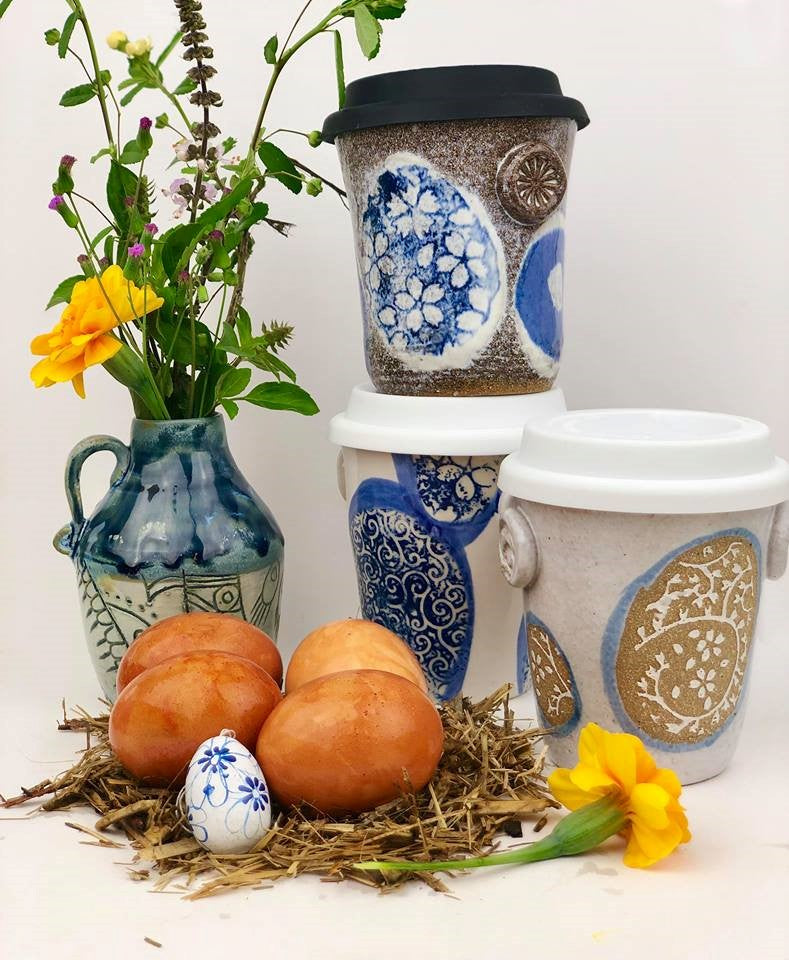
Easter is a time of family and I urge you to slow down and take some time over the break to be mindful, connected and share memories with loved ones. The name pace is derived from Latin Pascha (‘Easter’).
My recipe for pace eggs is a fabulous activity to share as a family (in fact this is what we got as Easter gifts as a child!)
Pace eggs are a centuries-old tradition that were originally made to be eaten on Easter Sunday or handed out to pace eggers *(more on that later)
Pace eggs recipe and steps
Ingredients
12 eggs
Skin of 8-10 brown or red onions (ask your local veggie supplier for the remnants of the loose onions if you like)
12 sheets of newspaper
12 eggs
Skin of 8-10 brown or red onions (ask your local veggie supplier for the remnants of the loose onions if you like)
12 sheets of newspaper
Uncoloured string or cotton
Small garden flowers and leaves e.g pansies, clover or parsley
Large pan
(traditionally, if you want coloured eggs use beetroot or spinach in the water)
Small garden flowers and leaves e.g pansies, clover or parsley
Large pan
(traditionally, if you want coloured eggs use beetroot or spinach in the water)

- Take an egg and wet it under a cold tap. Then add your selection of flowers and leaves in your desired patterns. Having your egg wet will help the design stick.


- Next, carefully wrap your egg in layers of onion skin ensuring it is tightly wrapped.

3. Next, wrap this tightly in newspaper and secure at the top with string or cotton so it is tightly sealed.


4. Add the eggs to a large pot along with the remaining onion skin.

5. Cover with water and bring to the boil over a medium heat. Boil for around 10 minutes and then remove from the heat and allow to cool in the liquid.
6. Once completely cool carefully unwrap the egg and reveal your design.
6. Once completely cool carefully unwrap the egg and reveal your design.



TIP: make your design pop by polishing the egg shell with a little butter to give it a deeper colour.
*Pace eggers - hundreds of children today compete on a hill to see whose egg can roll the furthest without cracking !!
A warning to all… empty Pace-egg shells must be crushed for they are popular with Lancashire witches who use them as boats.
Take care
Love Carys

